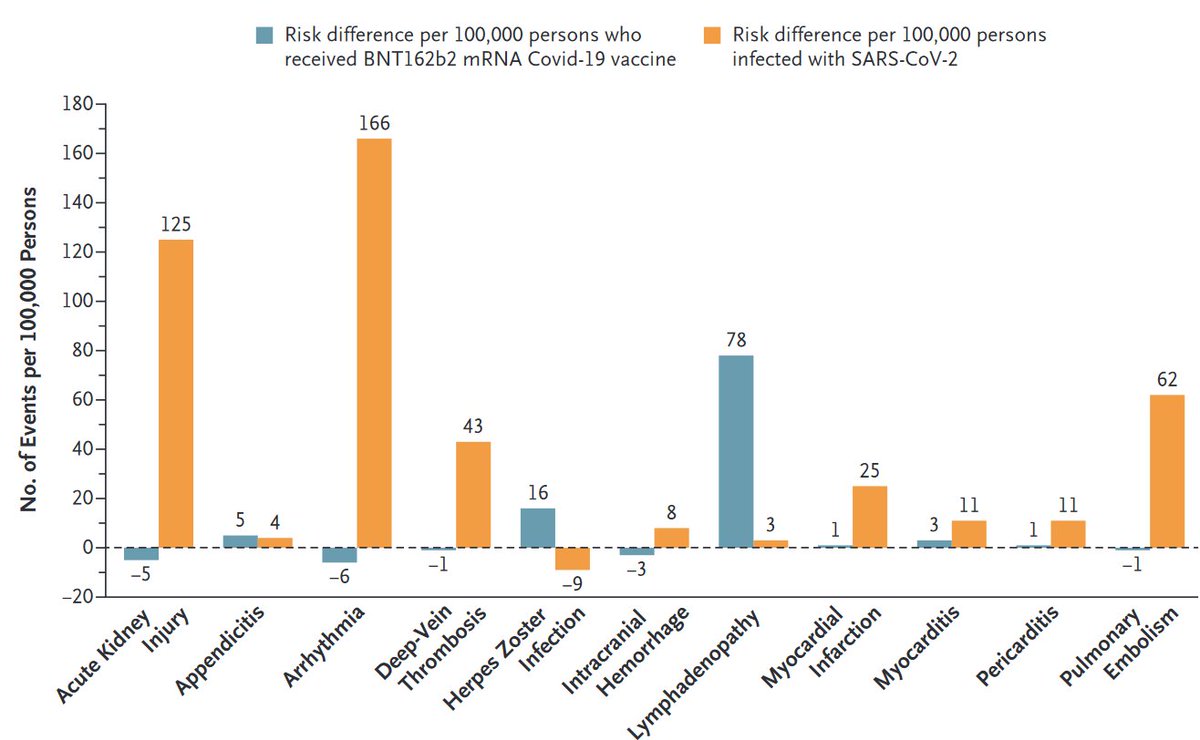Our revised #CausalInferenceBook is now freely available.
The book is organized in 3 parts of increasing difficulty: From counterfactuals and causal diagrams to treatment-confounder feedback and g-methods.
Thanks to everyone who sent us comments/typos.
hsph.harvard.edu/miguel-hernan/…
The book is organized in 3 parts of increasing difficulty: From counterfactuals and causal diagrams to treatment-confounder feedback and g-methods.
Thanks to everyone who sent us comments/typos.
hsph.harvard.edu/miguel-hernan/…
Free code for the #CausalInferenceBook in R, SAS, Stata, and Python.
Now updated and available through the book's web page.
hsph.harvard.edu/miguel-hernan/…
We are indebted to Roger Logan, @EpiEllie, Joy Shi, Sean McGrath, and James Fiedler. Thanks!
#Rstats @Stata @SASsoftware @ThePSF
Now updated and available through the book's web page.
hsph.harvard.edu/miguel-hernan/…
We are indebted to Roger Logan, @EpiEllie, Joy Shi, Sean McGrath, and James Fiedler. Thanks!
#Rstats @Stata @SASsoftware @ThePSF
Of all the things that excellent data scientists can do in their free time, I am so happy that Sam Finlayson (@IAmSamFin) chose this.
Thanks for helping us make the #CausalInferenceBook more accessible, Sam. I owe you one.
Thanks for helping us make the #CausalInferenceBook more accessible, Sam. I owe you one.
https://twitter.com/IAmSamFin/status/1141619985695068160
• • •
Missing some Tweet in this thread? You can try to
force a refresh








